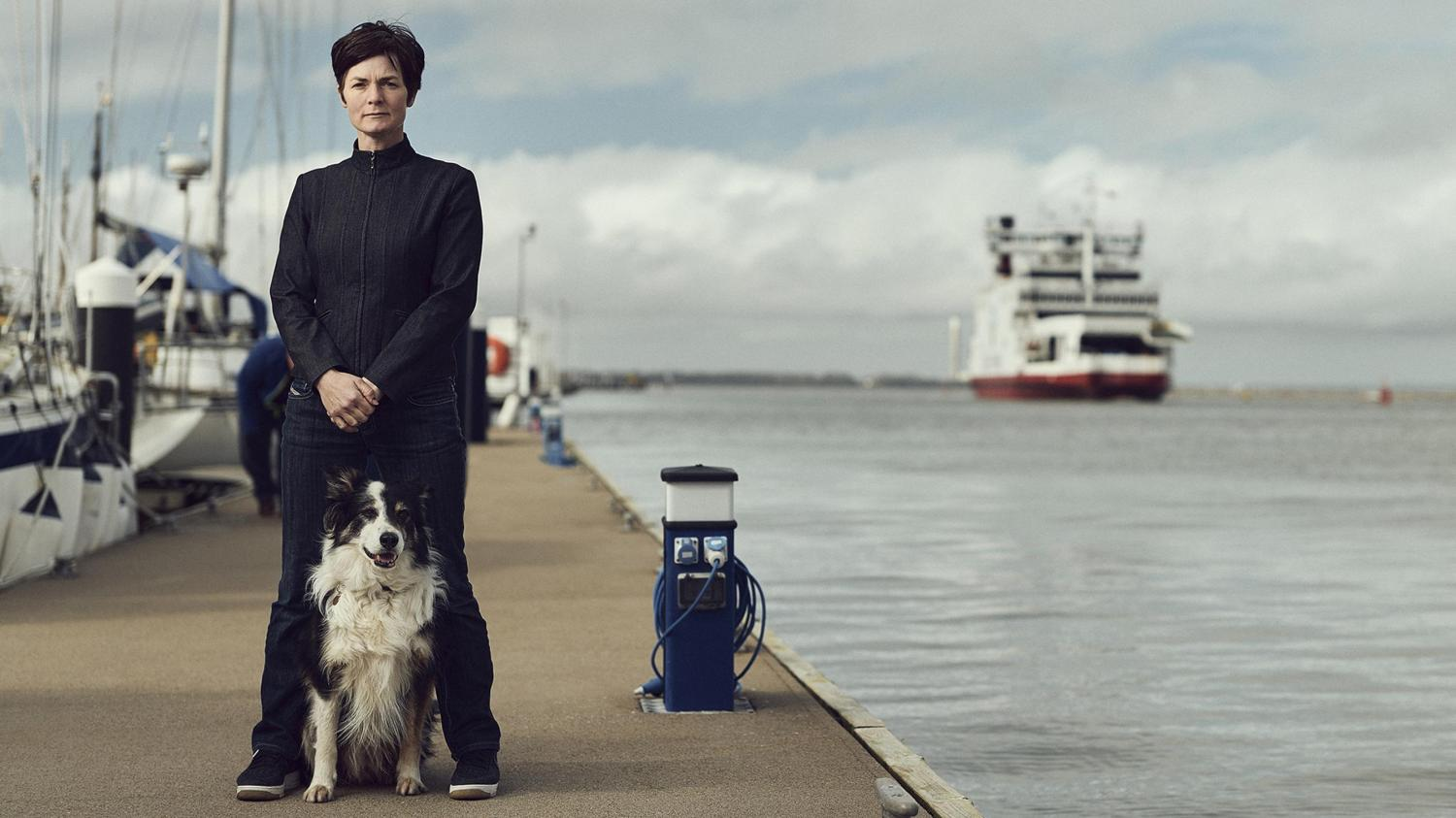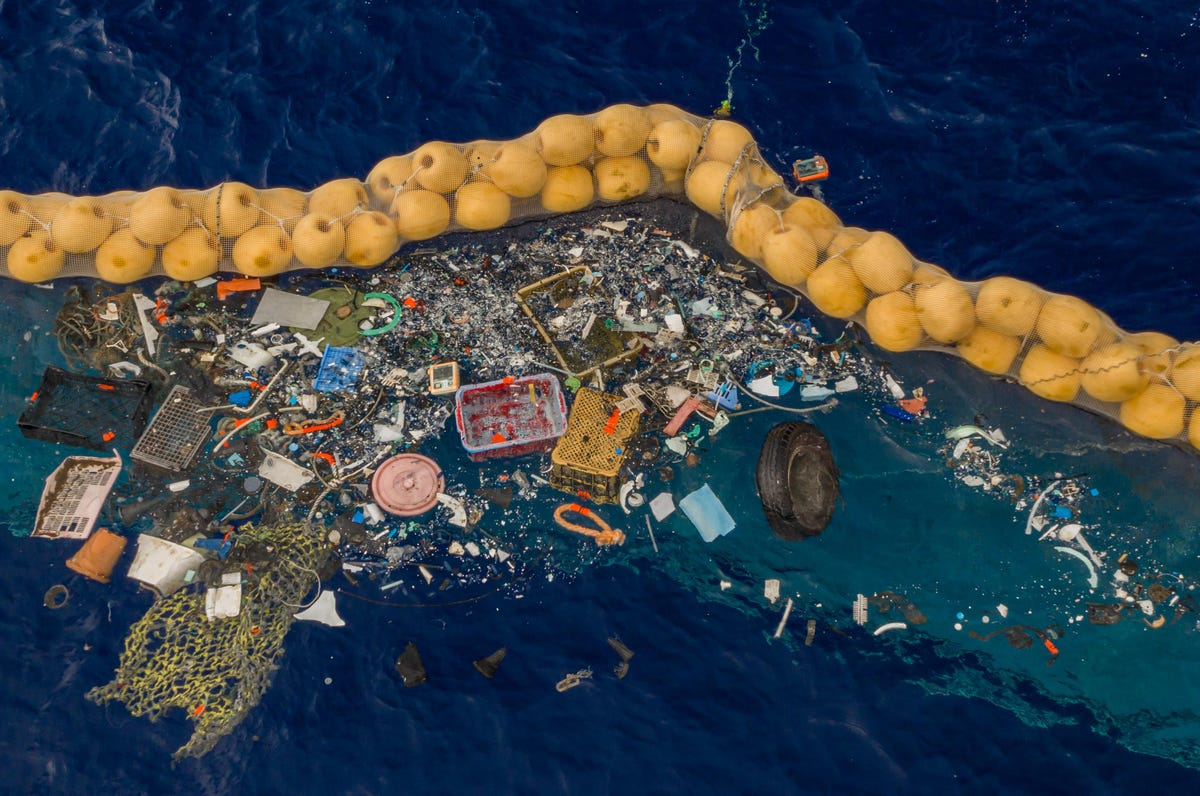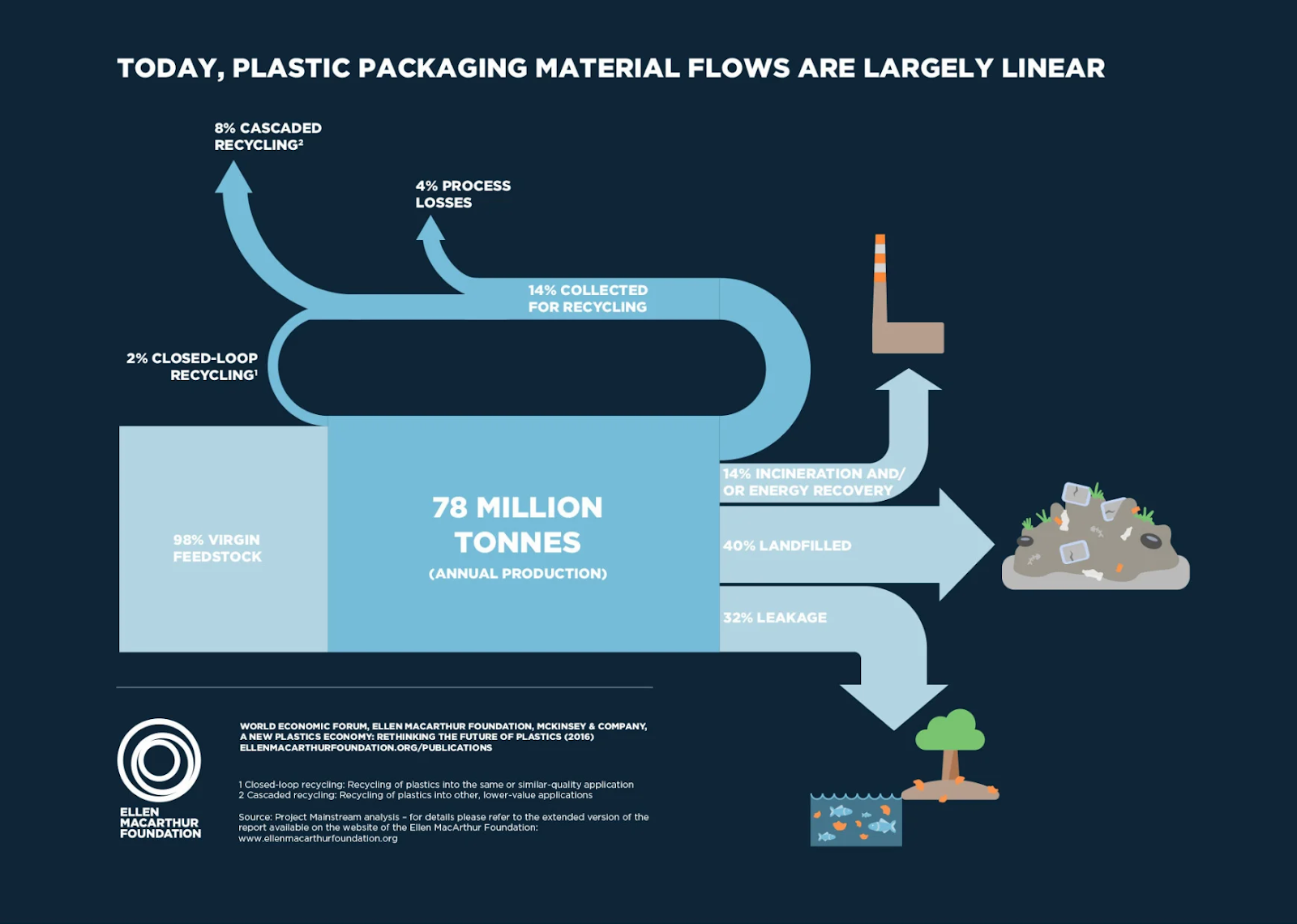
People of Packaging: Ellen MacArthur and the New Plastic Economy
In 2005 Ellen MacArthur made sailing history when she became the fastest solo sailor to circumnavigate the globe.
She launched the Ellen MacArthur Foundation (EMF) in 2010 with the aim of accelerating the transition to the circular economy.
In 2016, EMF published its first groundbreaking New Plastic Economy report showing how applying circular economy principles to global plastic packaging flows could transform our global interactions with plastic and drastically reduce its negative externalities.
New Plastic Economy findings project that by 2040 a circular economy has the potential to decouple plastics from fossil feedstocks allowing the plastic packaging industry to effectively participate in the low-carbon world that is inevitably drawing closer.
Since the age of ten, Dame Ellen MacArthur had an infinite vision of a finite world. That was when MacArthur started saving her lunch money to sail around the globe.
Born to two teachers in Derbyshire, England, this ability to turn her finite resources into boundless possibilities would allow her to take on the world in more ways than one. In 2005, at age 29, she became the fastest solo sailor to circumnavigate the world.
Planning for this and other record-breaking feats required meticulous planning. MacArthur once ruminated, “On a boat, you take the minimum of things - like food and fuel - you don’t waste a thing. You never leave a light or a computer screen on. You only have what you’ve brought, and you have to make it last until the end of the trip.” In contrast, she noted, “We humans don’t see resources like plants, oils, minerals and metals as precious anymore…on land, we take what we want.”
During this trepidatious journey, more than the wind was on MacArthur’s mind. A paradigm shift was afoot. MacArthur realized that the world outside her 75-foot trimaran depends completely on finite resources consumed all too quickly and disposed of without thought.
And so it was this paradigm shift that drove her to leave behind the personal accolades of the sea for the collective triumphs of a regenerative planet.
Leveraging nature’s capital
When MacArthur left the podium from her record-breaking sailing journey, she knew she was at a juncture. In 2009, she withdrew from competitive sailing but not from exploring.
In a 2015 TED Talk, she explained her decision, “No experience in my life could have given me a better definition of the word finite. What we have out there is all we have; there is no more.”
Her unbridled tenacity easily transitioned from being applied to the adversities of the sea to those in board rooms, coal mines, and car factories. MacArthur began a new global journey of learning, speaking to chief executives, experts, scientists, and economists to try to understand just how our linear economy could be transitioned into a more sustainable one built by working with instead of against nature’s capital.
MacArthur’s next monumental journey would be to answer the question: Can waste be “designed out” of a linear economy built over the past 150 years? She knew that making that line into a circle would require more than just fair winds.

In pursuit of circularity
In our harmonious natural systems, there is no waste. Everything is metabolized, returned, and made use of. Human nature and a growing global economy dismissed the idea that the end of a product or process is just as important as its beginning.
So what does a circular economy look like? In MacArthur’s vision, it looks like biomimicry, cradle to cradle design, industrial symbiosis, and principles based on a sharing economy where waste is designed out entirely.
It is food waste collected and turned into fertilizer, heat, and energy, ultimately reconnecting nutrient systems and rebuilding natural capital. It is manufacturers recovering materials and packaging that is nontoxic, dissolving and feeding the earth rather than poisoning it. These concepts needed a platform where they were given resources to expand and scale.
In 2010, MacArthur decided to formally pursue a sea change in how we approach plastic packaging, amongst other issues of consumption. in the global economy, and the Ellen MacArthur Foundation (EMF) was formed.

Creating a circular dream team
EMF utilizes a holistic dream team of experts to fund groundbreaking research across industries, stakeholders, and global impacts to eliminate waste and pollution, circulate products and materials (at their highest value), and regenerate nature. The charity works with top universities, businesses, platforms, governments, and analysts to showcase how a circular economy can decouple growth from resource constraints.
Today the platform is akin to a free university of circularity with evidence-based original research, podcasts, bespoke publications, resources for lawmakers, and their proprietary circular performance metrics tool, Circulytics.
Outside of this well of resources, EMF has its eye on future stewards. Core to their belief is inspiring young people to act creatively, leverage their knowledge to rebuild the system, and take circular principles forward. To this end, the platform has a wealth of teaching resources.
While EMF covers a wide range of sectors, from the built environment to fashion, food, and finance, they have shared reliance on plastic, the workhouse material of the modern economy.
Can our global economy break away from its take-make-dispose rhythms? EMF launched the New Plastic Economy Initiative in 2016 to find out.

The New Plastic Economy
Plastic management has become a key priority for EMF. A groundbreaking 2016 report, “The New Plastic Economy,” commissioned by EMF, the World Economic Forum, analytical powerhouse McKinsey, and the MAVA Foundation, was one of the first to acknowledge that we need to move beyond elimination and instead redesign the system from sourcing and production to use and end-use.
The New Plastics Economy Initiative has found support with some of the players in fast-moving consumer goods, from Coca-Cola to Mars and Unilever, which is fitting as a lot of lost profits are left on the table in the plastics crisis.
The report found that 95% of the value of plastic packaging material is lost to the economy, amounting to USD 80-120 billion annually, making it impractical for the earth and the global economy’s bottom line.
A follow up report in 2017 showed that mobilizing “moon-shot” innovations that decouple plastic from fossil fuel feedstocks and nurture an after-use economy could create a seismic shift in the plastics crisis.
The path forward? Eliminate, innovate, and circulate. EMF’s New Plastic Economy findings project that by 2040 a circular economy has the potential to:
- Reduce the annual volume of plastics entering our oceans by 80%.
- Reduce greenhouse gas emissions by 25%.
- Generate savings of USD 200 billion per year.
MacArthur knows that when resources are finite, you should always keep hope for last. “If we could build an economy that would use things rather than use them up, we could build a future.”
What began as a one-woman journey around the world to win has now grown to include the 8 billion people on Earth who have everything to lose.





